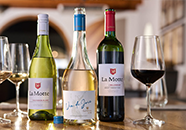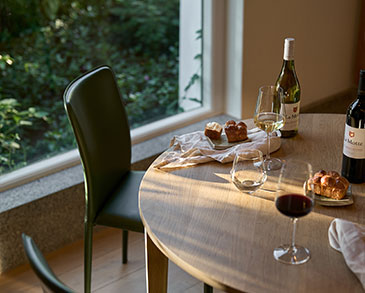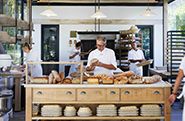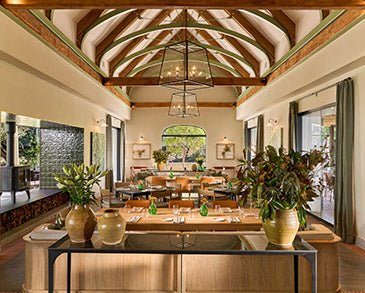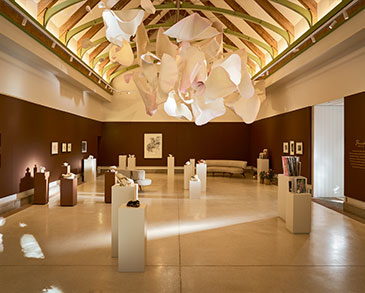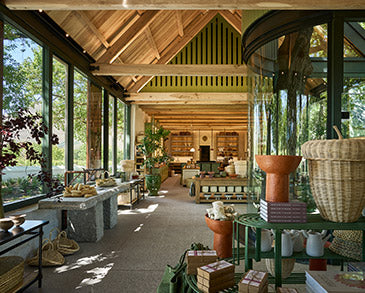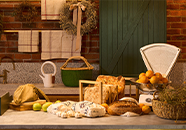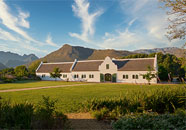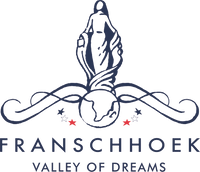
Grapes for this wine originate from the Walker Bay, Franschhoek and Stellenbosch areas.
The preceding winter was wet and cold enough to ensure good and even budding. A hot August caused fast budding and an earlier season. The rest of the season was dry, windy and disease-free, with no heat-waves – very positive factors. Due to climatic conditions, the harvest, that was large, lost moisture, enhancing concentration and eventually ensuring excellent quality. Analyses and flavours are promising.
Each vineyard grows in its own macro climate in a wide variety of soil types. Several clones are represented. All the vineyards are trellised according to the Perold system and managed to maintain a perfect balance between leaf coverage and yield. Thanks to the different terroirs, each region produces its own distinctive grapes, so grapes from each region make a unique contribution to flavour and structure.
Grapes for the wine consist of Merlot (56%), Cabernet Franc (28%), Petit Verdot (10%) and Malbec (6%). Before and after de-stalking, all the grapes were hand-sorted. The de-stalked berries were inoculated with yeast immediately. Fermentation was at between 25 and 30 degrees Celsius while the wine was pumped over. After fermentation the wine was left on the lees for a further 20 days in order to enhance extraction and body. Malolactic fermentation was partly in barrels.
The nose of this wine tells the story of how it was made. Raspberry (Merlot), a slight herbaciousnous (Cabernet Franc) and English toffee (oak) combine in a harmonious way. Malbec and Petit Verdot provide colour and spice. Very perfumy and aromatic, with beetroot earthiness and leafy undergrowth. Juicy concentrated blueberry fruit on palate with fresh acidity and toffee sweetness. Spicy cinnamon finish.
Alcohol 13,89 vol
Residual sugar 2.3 g/l
Total acid 5,6 g/l
pH 3,41

